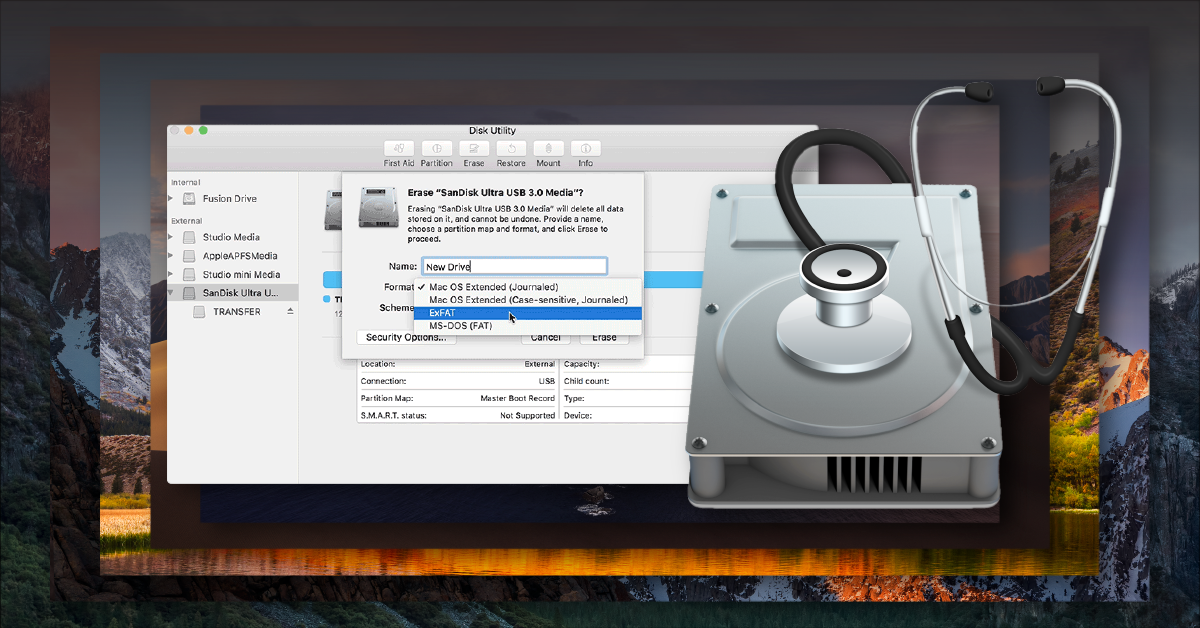- Mac External Disk Format Fat32
- How To Format External Drive To Mac
- How To Format An External Hard Drive
- How To Format External Hard Disk On Macbook Air
Drive Preparation
Does this mac have a camera.
Open the Disk Utility app on your Mac using one of the following methods, depending on the type of disk or volume you want to erase: If you want to erase your startup disk: Start up from macOS Recovery, then choose Disk Utility from the Recovery window. Formatted external hard drive without backup and want to recover the data? Video downloader for mac. Try Recoverit data recovery: Important Tip:😎 Leave comments. Formatted external hard drive without backup and want to recover the data? Try Recoverit data recovery: Important Tip:😎 Leave comments.
1. Open Disk Utility in your Utilities folder.
Keyboard command for screenshot mac.
2. After DU loads select your hard drive (this is the entry with the mfgr.'s ID and size) from the left side list. Click on the Partition tab in the DU main window.
3. Under the Volume Scheme heading set the number of partitions from the drop down menu to one. Set the format type to Mac OS Extended (Journaled.) Click on the Options button, set the partition scheme to GUID then click on the OK button. Click on the Partition button and wait until the process has completed.
Mac External Disk Format Fat32
4. Select the volume you just created (this is the sub-entry under the drive entry) from the left side list. Click on the Erase tab in the DU main window.
5. Set the format type to Mac OS Extended (Journaled.) Click on the Security button, check the button for Zero Data and click on OK Windows dynamic desktop. to return to the Erase window.
How To Format External Drive To Mac
6. Click on the Erase button. The format process can take up to several hours depending upon the drive size.
How To Format An External Hard Drive
Steps 4-6 are optional but should be used on a drive that has never been formatted before, if the format type is not Mac OS Extended, if the partition scheme has been changed, or if a different operating system (not OS X) has been installed on the drive.
How To Format External Hard Disk On Macbook Air

